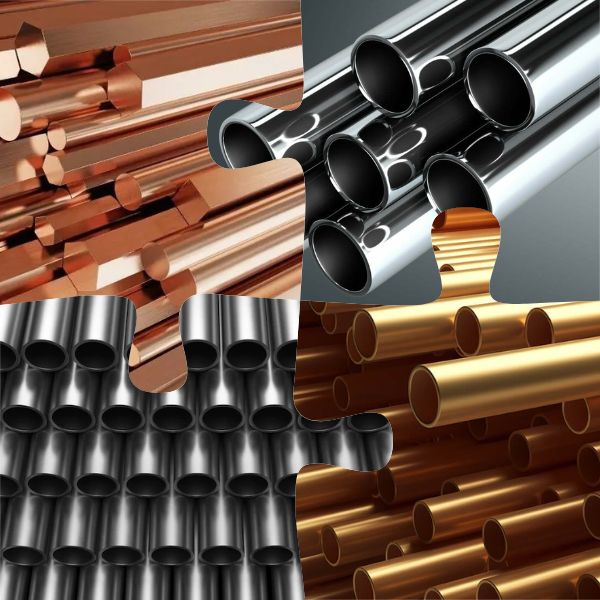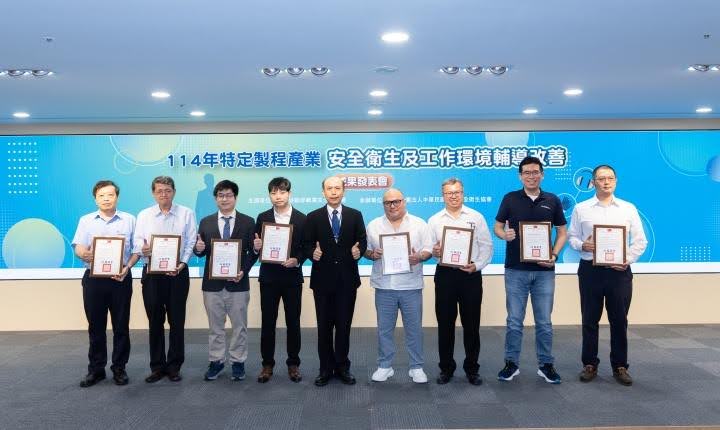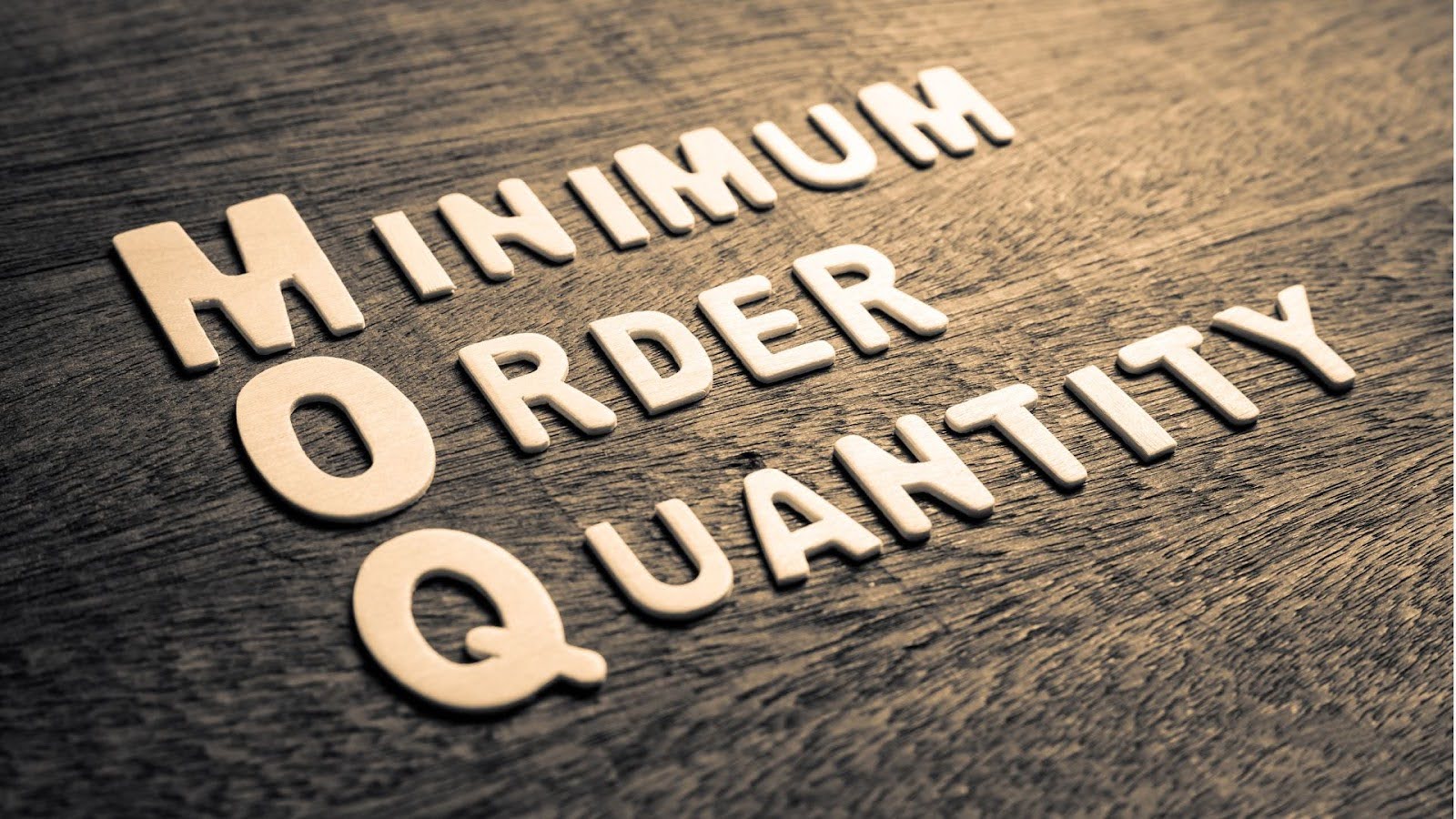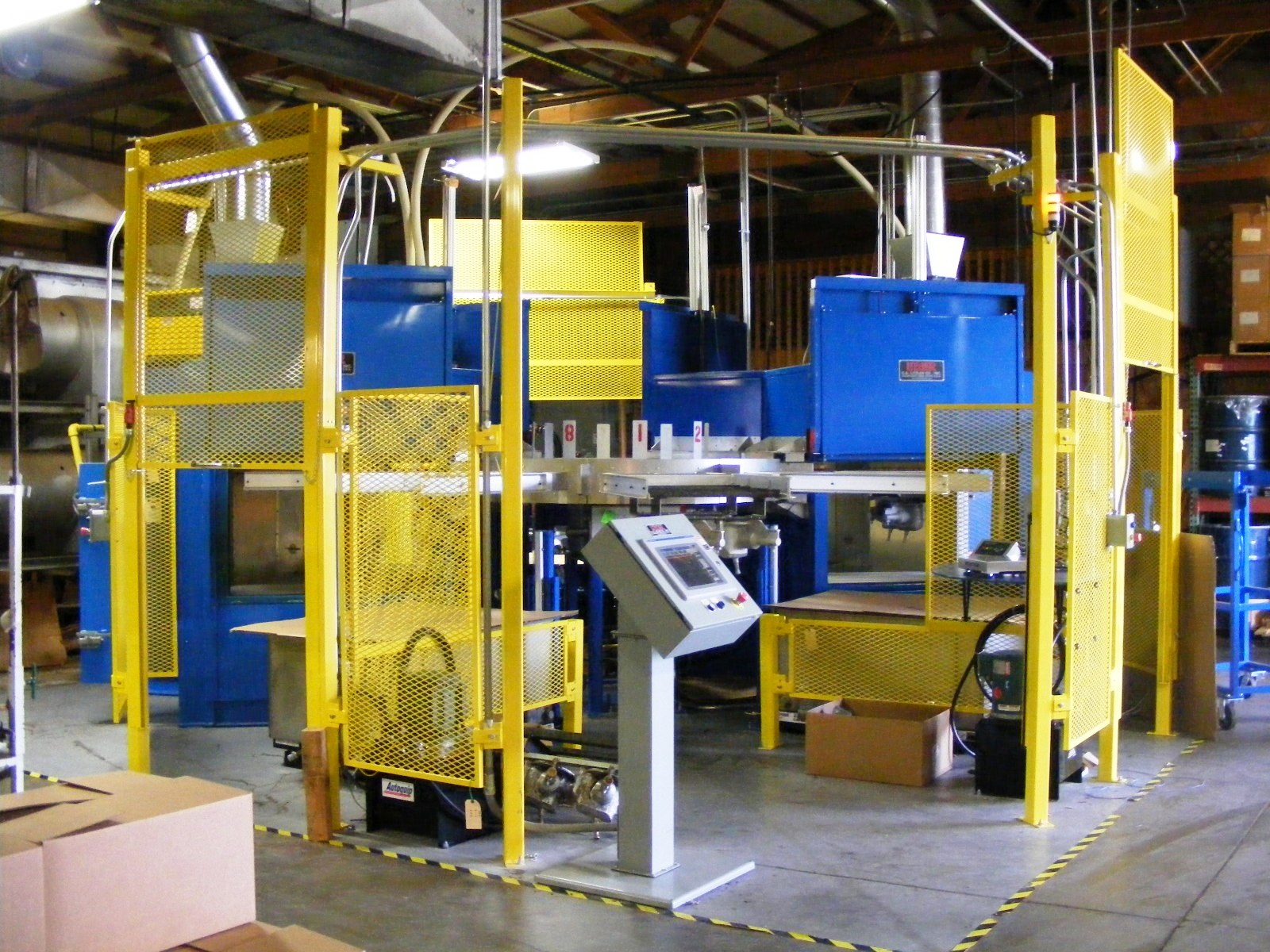Investment casting, also known as precision casting, is a highly efficient process for producing complex metal components with fine details. As a sophisticated manufacturing method, it minimizes the need for extensive machining, reducing costs and shortening lead times. However, not all alloys are suitable for this process. This guide explores key factors in selecting the best alloy for investment casting to ensure optimal performance and efficiency.

Table of Contents
Toggle- Key Considerations for Alloy Selection
- Top Investment Casting Alloy Choices
- Advantages of Investment Casting
- The Investment Casting Process
- Alloy Reactivity in Investment Casting
- Alloy Castability in Investment Casting
- Why Waterson Investment Casting Methods Stand Out
- Waterson Stainless Steel Investment Casting Solutions
Key Considerations for Alloy Selection
Choosing the right alloy depends on the specific functional requirements of the component, such as:
- Corrosion Resistance – Critical for marine and industrial applications exposed to moisture and chemicals because this is highly correlative to the PREN value of the alloy itself.
- High-Temperature Strength & Creep Resistance – Essential for aerospace and gas turbine components.
- Biocompatibility – Especially required for medical implants and surgical instruments.
Top Investment Casting Alloy Choices
Based on these requirements, the most commonly used alloys include:
- Stainless Steel – A versatile material, such as 304, 316, 403, 410 and 430 steel, offering superior corrosion resistance and strength, perfect for industrial and marine use.
- Carbon Steel – A durable and cost-effective material, such as 8620 steel and 4140 steel , is widely used in investment casting due to its high strength, durability, and cost-effectiveness. It is ideal for automotive components, industrial machinery, construction hardware, and agricultural equipment. With excellent weldability and wear resistance, carbon steel is a preferred choice for gears, valves, and mining tools.
- Nickel Superalloys – Ideal for high-temperature environments such as turbine blades and aerospace parts.
- Titanium Alloys are lightweight, strong, and biocompatible, making them suitable for medical and aerospace applications.
Once the most suitable alloys have been shortlisted, investment casting can be evaluated as the ideal manufacturing solution.

Advantages of Investment Casting
Investment casting offers numerous advantages over other metal-forming methods, including:
- Ability to manufacture thin-walled, intricate components
- High dimensional accuracy and superior surface finish
- Minimal post-processing and reduced material waste
- Elimination of draft angles and parting lines
The Investment Casting Process
This advanced process consists of the following steps:
- Creating a wax model that matches the final part.
- Attach wax runners and gates to form a casting cluster.
- Coating the assembly with a silica sol ceramic slurry to create a durable shell.
- Removing the wax pattern by melting, leaving a precise mold cavity.
- Pouring molten metal into the cavity and allowing it to solidify.
Breaking the ceramic shell to extract the finished casting. By streamlining production and minimizing additional machining, investment casting significantly enhances efficiency and lowers overall costs. Go further with How Investment Casting Works to Deliver Excellent Metal Solutions if you would like to know more about the investment casting process.

Alloy Reactivity in Investment Casting
Some alloys, especially superalloys, become highly reactive at elevated temperatures, leading to oxidation in the final casting. To prevent defects, foundries often use vacuum casting to ensure clean, high-quality results.
Alloy Castability in Investment Casting
Castability refers to how well a metal flows into the mold and solidifies without defects. It is particularly crucial for thin-walled and intricate components. Alloys with excellent castability for investment casting include:
- Nickel-Based Alloys – Offer superior flow properties, making them ideal for intricate parts.
- Low-Carbon Steels – Known for good fluidity and ease of casting.
Some alloys present casting challenges but can still be successfully used with controlled processes, including:
- Stainless Steels
- Certain Titanium Grades
For these materials, foundries may implement vacuum casting or specialized controls to achieve high-quality results.
Why Waterson Investment Casting Methods Stand Out
Waterson Corporation delivers investment casting solutions that excel in precision, durability, and surface quality with unparalleled reliability and performance across diverse applications.
-
- Precision Casting: Intricate, robust components for demanding industries.
- Superior Finish: Near-perfect surfaces with minimal processing.
- ISO 2768 Standard: Exceeds aerospace, marine, and petrochemical benchmarks.
- Versatile Materials: Tailored solutions in stainless steel and alloys.
Waterson Stainless Steel Investment Casting Solutions
Waterson Precision Casting is a wax-based foundry located in Taiwan (near China) specializing in stainless steel precision casting. It delivers high-volume, consistently high-quality castings to industries such as door hardware, petrochemicals, medical equipment, marine, hand tools, and food equipment. With an impressive 95% above self-production rate, Waterson’s production line encompasses mold design, fluid analysis, wax model creation, shell making, dewaxing, metal pouring, post-processing (e.g., acid pickling, alkaline treatment), sandblasting, heat treatment, machining, assembly, and packaging. Its stainless steel production line supports materials such as 304 (CF8), 316 (CF8M), and 17-4 stainless steel. Currently, there is available production capacity—feel free to request a quote!





